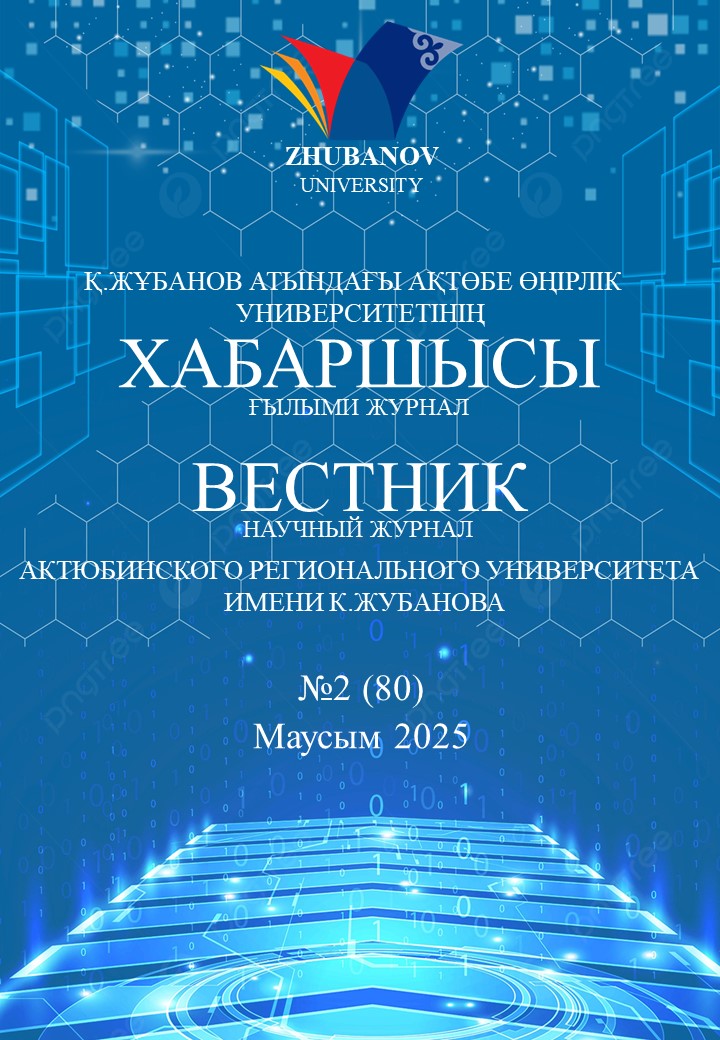This article explores the use of virtual reality (VR) technologies in teaching robotics in secondary school platforms. The study focuses on the benefits and challenges of implementing VR in the educational process, particularly its impact on student engagement, motivation, and academic performance. The pedagogical and psychological aspects of integrating immersive technologies in the learning environment are examined in detail. A comprehensive description is provided of a custom-developed VR application, its features and functionalities, and the software tools used in its development (such as Unity, Blender, and Arduino IDE). The article discusses the methodology for creating interactive assignments and how these were incorporated into classroom activities. Experimental data collected during the study indicate significant improvements in students’ understanding of robotics, programming skills, and overall interest in STEM disciplines. The research also highlights collaborative and problem-solving skills developed through VR-enhanced tasks. A comparative analysis of international and Kazakhstani practices is presented, offering strategic recommendations for the integration of VR into mainstream education. Overall, the findings underscore the transformative potential of VR as a cutting-edge, effective, and engaging tool for modern technical education.
UBAEVA ZН.K.
PhD, senior lecturer, K. Zhubanov Aktobe Regional University, Aktobe, Kazakhstan.
Е-mail: zhanar_ubaeva@mail.ru, https://orcid.org/0000-0001-9835-5034
TOGAMYSSOV A.O.
Master’s Student, K. Zhubanov Aktobe Regional University, Aktobe, Kazakhstan.
Е-mail: togamysovabyl@gmail.com, https://orcid.org/0009-0005-0243-5731
- Burdea G., & Coiffet P. (2003). Virtual Reality Technology. Wiley-Interscience. DOI: https://doi.org/10.1162/105474603322955950
- Cheng K. H., & Tsai C. C. (2019). «A case study of immersive virtual field trips in primary school: Students' learning experience and teacher-student interaction behaviors.» Computers & Education, 140, 103600. DOI: https://doi.org/10.1016/j.compedu.2019.103600
- Jordan S. (2020). «The Role of Virtual Reality in Modern Education: A Systematic Review.» Journal of Educational Technology, 45(2), 89-104.
- Thomas A., & Foster J. (2018). «Teaching Robotics with Simulations and Practical Approaches: A Systematic Overview» International Journal of STEM Education, 5(1), 15.
- Kaluza M. (2021). «Exploring VR-based Learning Tools for Robotics Education» Journal of Educational Computing Research, 59(4), 799-822.
- Айтқұлов Б. Т. (2020). «STEM-білім беру жүйесінде робототехниканы оқыту ерекшеліктері» Қазақ инновациялық университетінің хабаршысы, 4(36), 92-101.
- Merchant Z., Goetz E. T., Cifuentes L., Keeney-Kennicutt W., & Davis T. J. (2014). «Effectiveness of virtual reality-based instruction on students' learning outcomes in K-12 and higher education: A meta-analysis» Computers & Education, 70, 29-40. DOI: https://doi.org/10.1016/j.compedu.2013.07.033
- Lee E. A. L., & Wong K. W. (2014). «Learning with VR simulation: Exploring the impact of dimensionality on learning outcomes» Interactive Learning Environments, 22(1), 63-77.
- Mikhailova I. (2019). «Robotics Education: Challenges and Opportunities in Using VR Tools» European Journal of Engineering Education, 44(3), 326-341.
- Ермеков Ж. Қ., & Нұрбек А. Қ. (2022). «Цифрлық трансформация және Қазақстандағы білім беру жүйесінің жаңартылуы» Қазақстан білім академиясының журналы, 1(47), 45-58.


